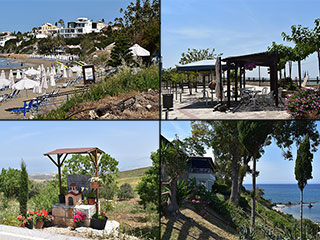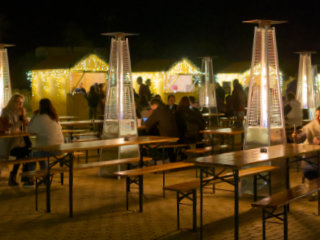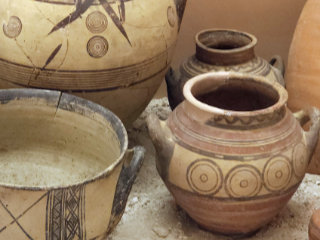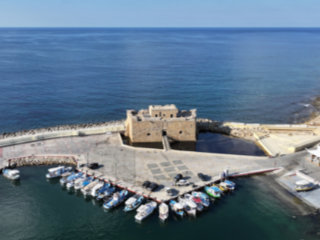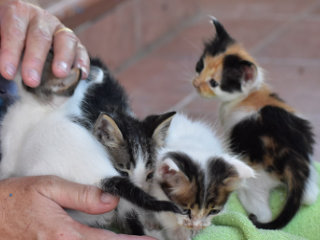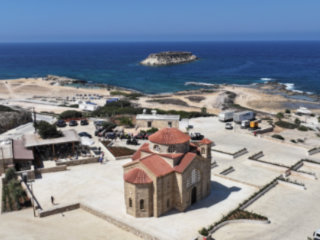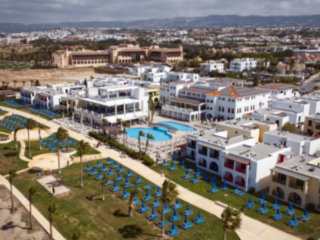The House of Dionysus
Handy Map
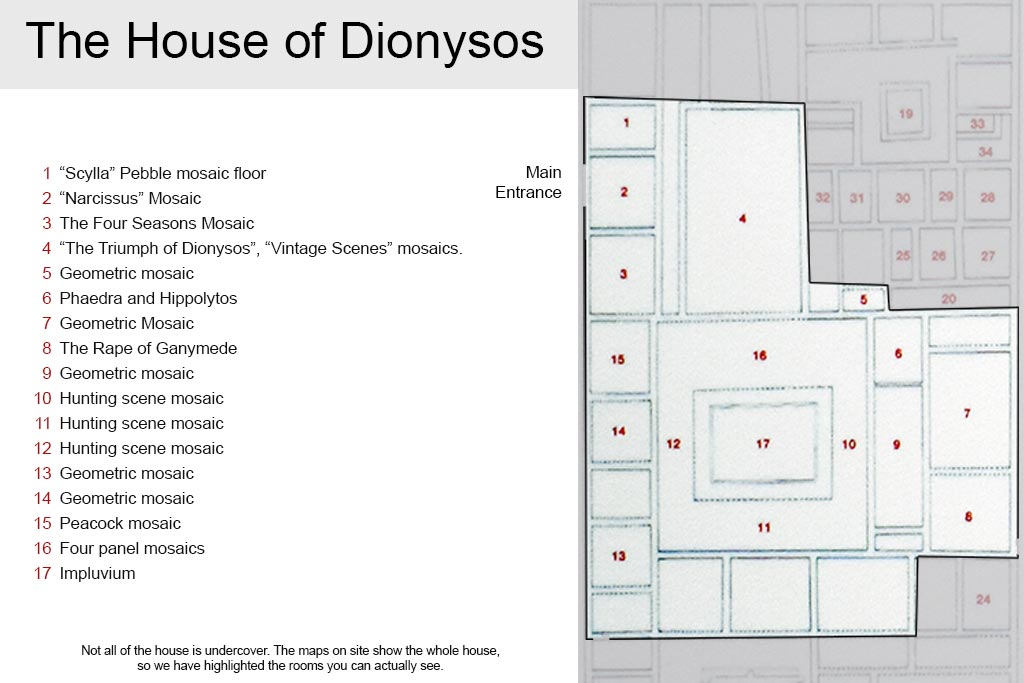
Each of the mosaics is singposted and has a handy map. However, we found the map to be a bit confusing, as it also showed rooms that were not in the covered section, including some that were numbered (from 18 onwards). We have highlighted the covered area so you can see more clearly where you are.
We repeat the map two more times during the course of the blog, so there's no need to try and memorise it!

"Scylla": The Oldest Mosaic In Paphos
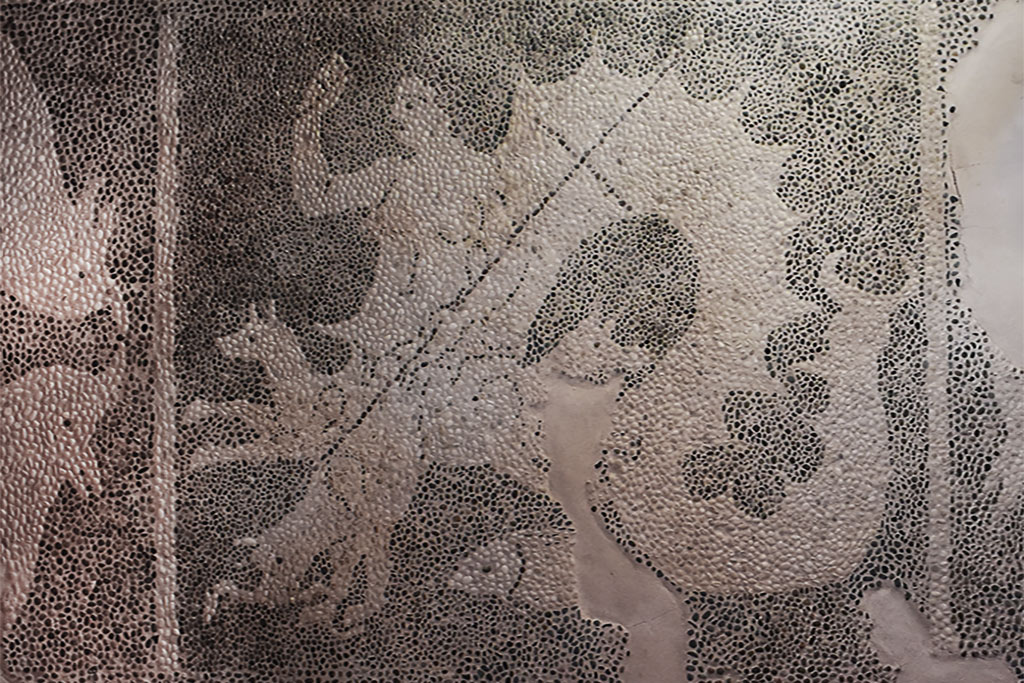
I should point out as well that in order to get these full-on pictures we have had to use Photoshop to change the perspective. We weren't directly above the mosaics when we took the pictures.
Room 1
“Scylla” pebble mosaic floor.
The pebble mosaic floor belongs to a Hellenstic building and depicts Scylla, the mythical sea-monster who is part-woman, part-fish and part-dog. She is illustrated holding a ship mast and a trident and is surrounded by illustraions of sea life.
Late 4th/early 3 cent. B.C.
In the Paphos Archaeological Guide - available at the Information Centre near the entrance, there is some more information about this mosiac:
The mosaic composition of Skylla
The preserved examples of the domestic architecture of the Hellenistic city are very sparse. Among the examples still remaining is a floor from the end of the 4th century B.C. discovered under the foundations of the Roman "House of Dionysos". One of the most important mosaic compositions in the whole of Hellenistic Cyprus is laid out on this floor. It is unique work without parallel made of miniature black, white and red pebbles shaped by the sea, and portrays the terrifying and awesome sea-monster of legend, Skylla. The portrayal; of Skylla shows her as half woman half fish with three enraged dogs springing from her waist. In her right hand she holds a trident, and a ship's brokem mast in her left on.e This exceptional mosaic, the oldest in all Cyprus, recalls style of the Hellenistic pebble mosaics of Pella, in Macedonia.
[72]
Narcissus
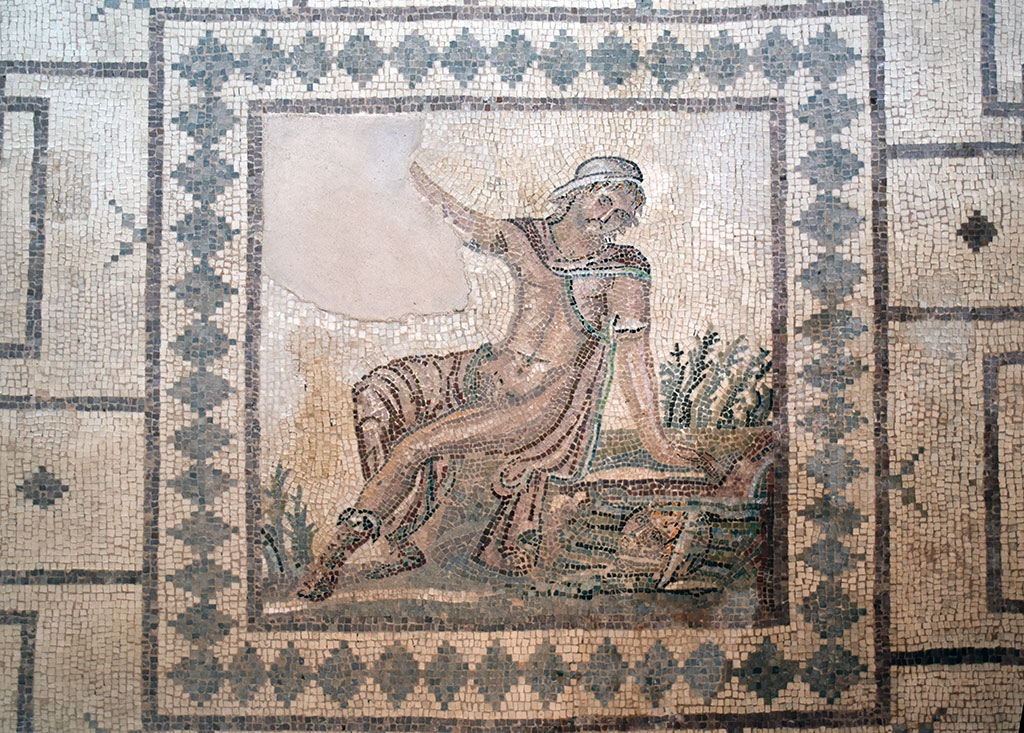
Room 2
“Narcissus” Mosaic
Representation of Narcissus, son of a river-god and a nymph, admiring his reflection in the lake water.
This and all the remaining mosaics come from the same time period: late 2nd/early 3rd century A.D.
The Four Seasons
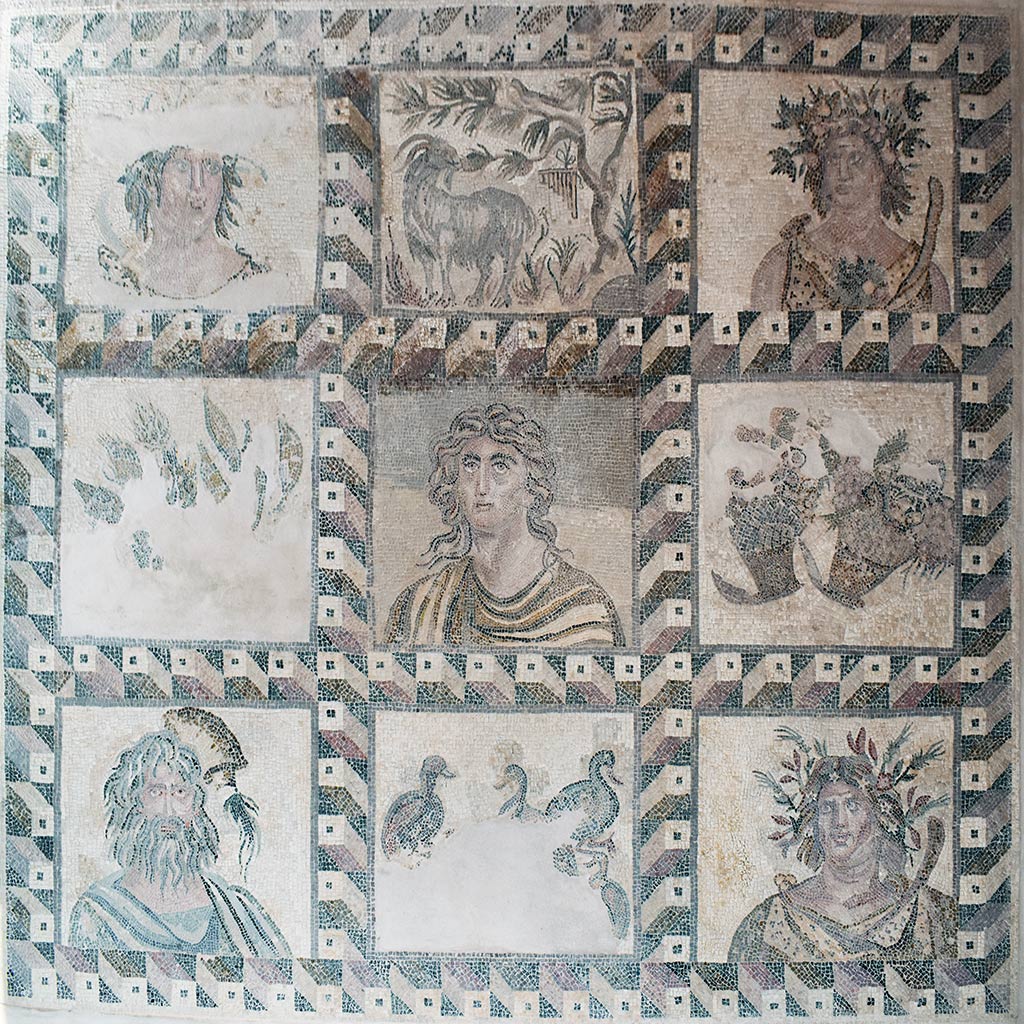
Room 3
The Four Seasons Mosaic
Central panel, consisting of nine smaller panels. The panels with anthropomorphic representations are: centrally, an unidentifiable figure (probably Dionysos, Aion, or the personification of some concept such as the genius of the Year), and in the for corners, the personifications of the Four Seasons. Summer and Spring are represented in the upper forners, while Winter and Fall in the lower corners.
The Tablinum
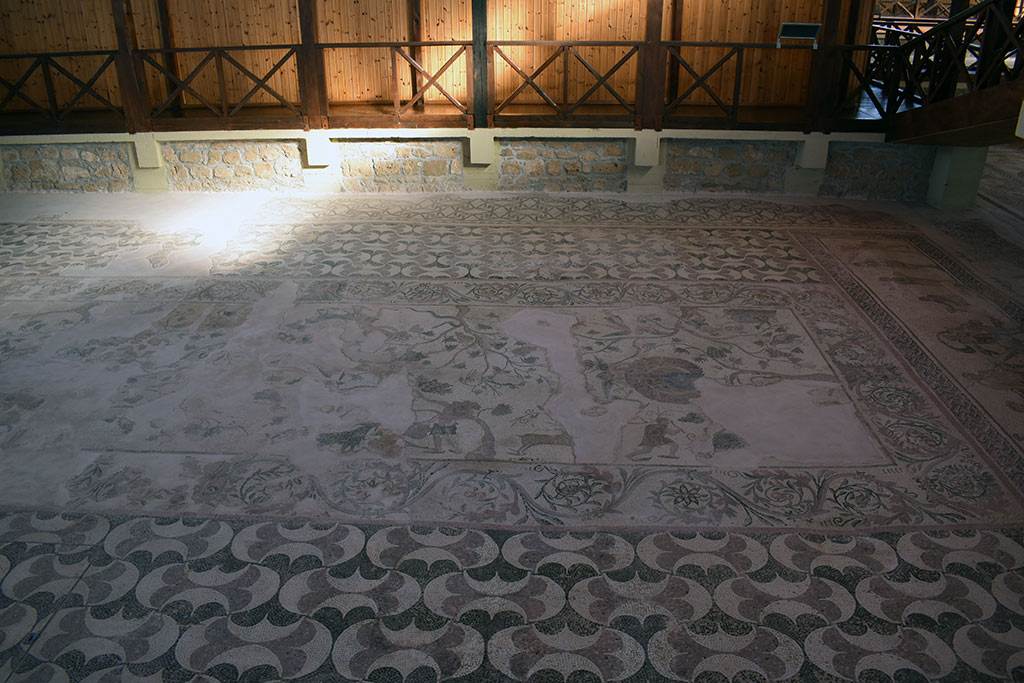
In Roman architecture, a tablinum was a room generally situated on one side of the atrium and opposite to the entrance; it opened in the rear onto the peristyle, with either a large window or only an anteroom or curtain.
And in case you were wondering what the "peristyle" was, according to Wikipedia it was a courtyard surrounded by columns.
The tablinum has a number of murals, which we shall look at in turn.
Page 2 of 7


Related Blogs:
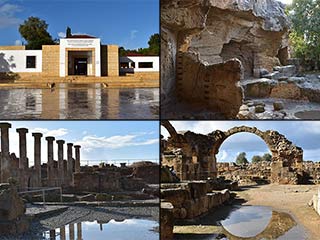
Paphos Archaeological Park - Summary
We first blogged about the Archaeological Park a couple of years ago. It was a short blog, and focused mainly on the pretty spring flowers. Now we are returning, to give the rest of the park the attention it so richly deserves.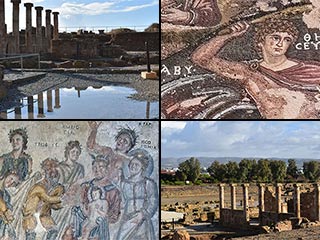
The Houses of Aion and Theseus
It's time now to start our detailled look at the Archaeological Park, so let's begin at the beginning. Once you enter the Archaeological Park, if you keep left, the first sites you will arrive at the The Houses of Theseus and Aion. Let's take a look at their mosaics and other attractions...Good Pages To Visit
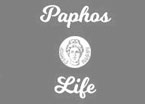
FB PagePaphos Life on Facebook
Like us on Facebook and stay notified of new blog posts.

FB PageOur Facebook Chat Group
Paphos Chat has been created for people who like our site and want to chat using Facebook. You can also easily upload photos of any size here. A lot of people are members of the Facebook chat group and the main forum. It's entirely up to you.
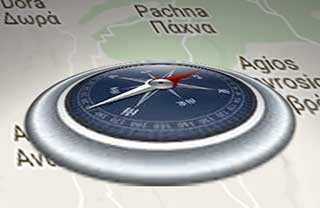
ListBlog Locations
Planning a day out? Then use our map of blog locations as a handy guide. Some of the places we visit our closer to each other than you might think, so take a look and start planning your next adventure...
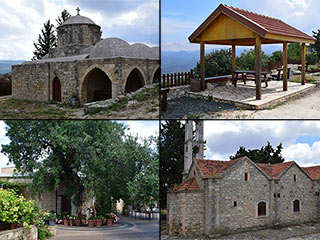
eBookCyprus Road Trip 01: the Kathikas - Panagia Loop
Let me take you on a journey around the region of Paphos, Cyprus. Starting at Paphos itself, we travel to Akoursos, then Kathikas, Kritou Terra and Simou. We continue past Lasa and Kannaviou, before taking in the delights of Panagia. Getting a bit more adventurous, we visit the abandoned villages of Statos and Agios Fotios, before passing through Choulou, Letymbou and Polemi, and rejoining the main Paphos - Polis road.
The route is suitable for all types of vehicle, and requires no off-roading. The guide contains about 130 photographs including shots of all the road signs you need to pay attention to, as well as some of the highlights you may experience along the way.
There are also several maps which will help you keep your bearings.
You can do this journey in a day, or you can break it up into chunks. You can also do it in reverse, to get some completely different views. It is entirely up to you.
